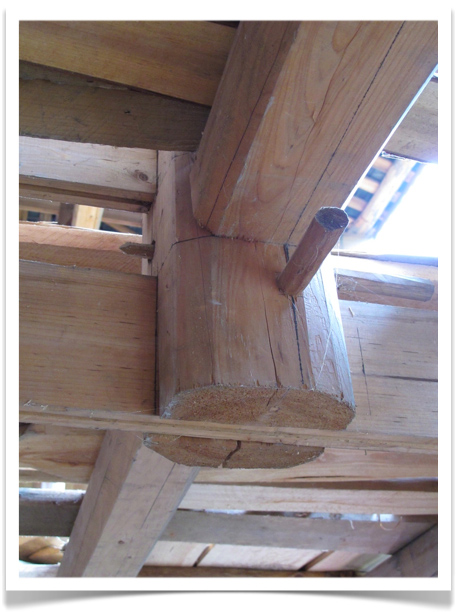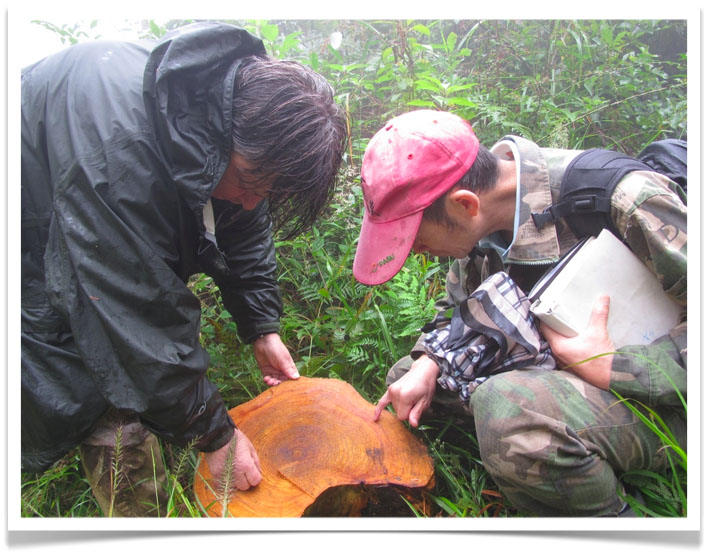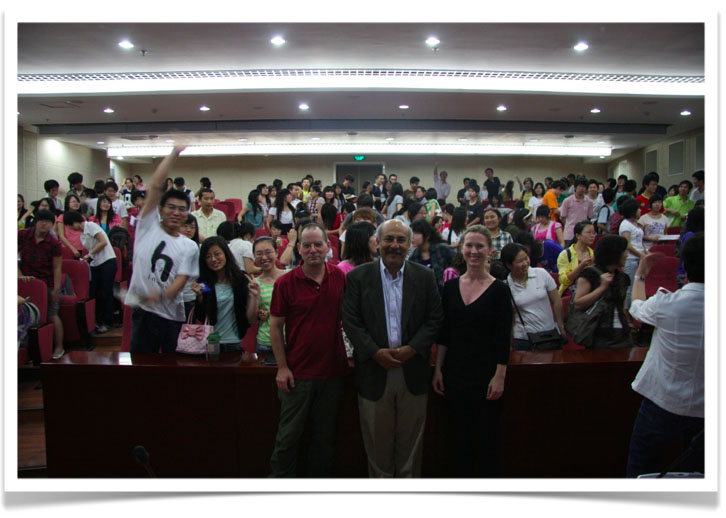Carpenters
 Monday, October 18, 2010 at 4:53AM
Monday, October 18, 2010 at 4:53AM  There were three carpenters working inside the new house being built in Wudong (see Sawmill for Hire). One of the craftsmen is shown above squaring-up a cut for a window frame.
There were three carpenters working inside the new house being built in Wudong (see Sawmill for Hire). One of the craftsmen is shown above squaring-up a cut for a window frame.
The other two workers are shown in the video clip below. The man on the left is planing a board with a combination table saw and planer. No gloves, no goggles, no ear plugs - but he apparently has all of his fingers. The man on the right is ripping a board with a handsaw for use as a wall panel. All three were friendly and clearly knew very well what they were doing. [NOTE: That's Mr. Yang Chenghua, the botanist from the Guizhou Forestry Academy, who walks in smiling at the end of the video. Mr. Yang is always smiling].












